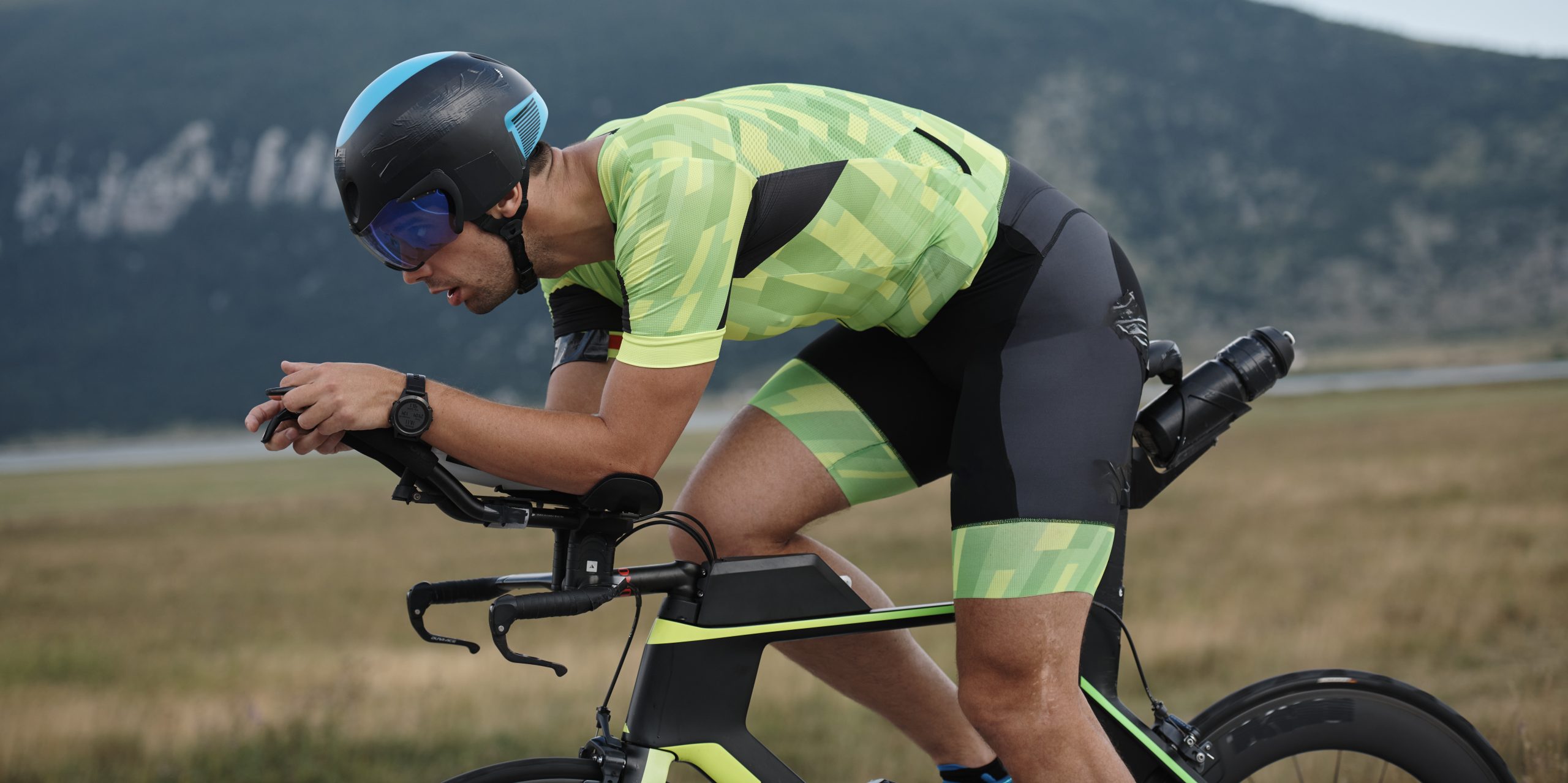In the world of endurance sports like cycling and triathlon, achieving peak performance requires more than just putting in long hours of training. One essential yet often overlooked aspect is the role of regular physiological and performance testing. These tests provide valuable insights into an athlete’s strengths, weaknesses, and progress, enabling a more targeted and effective training approach.
1. Identifying Baseline Fitness Levels
Testing helps establish a clear picture of an athlete’s current fitness level. Parameters such as VO₂ max, lactate threshold, and functional threshold power (FTP) give a precise measurement of cardiovascular capacity, endurance, and efficiency. This information serves as a foundation for tailoring training programs to individual needs.

2. Monitoring Progress and Adjusting Training Plans
Regular testing throughout the season ensures that training efforts are aligned with the athlete’s goals. By comparing results over time, coaches and athletes can identify trends, address plateaus, and adjust training intensity or volume accordingly. This adaptability prevents overtraining and promotes steady progress.
3. Personalizing Training Zones
Testing enables the accurate calculation of heart rate, power, or pace zones specific to the athlete. Training within these zones ensures the optimal intensity for developing aerobic capacity, speed, or recovery, depending on the phase of the training cycle.
4. Preventing Injuries and Overtraining
By highlighting early signs of fatigue or physiological stress, testing acts as a safeguard against overtraining and potential injuries. Metrics such as heart rate variability (HRV) and resting lactate levels can signal when an athlete needs additional recovery or modifications to their workload.

5. Enhancing Race Performance
In competition, marginal gains can make the difference between winning and falling behind. Testing not only improves training precision but also provides confidence in an athlete’s preparation. Knowing one’s capabilities and limits allows for effective race pacing and energy management.
In conclusion, testing is an indispensable tool in the physical preparation of cyclists and triathletes. It bridges the gap between training and performance, ensuring that every effort contributes to reaching peak potential on race day. Whether you’re an amateur enthusiast or a seasoned professional, incorporating regular testing into your training regimen is a step toward achieving your goals more efficiently.
With RightRide, you will always have an accurate and straightforward test protocol, along with automatic seasonal reminders.


